Home>Furniture>Outdoor Furniture>What Kind Of Sand For Patio Pavers
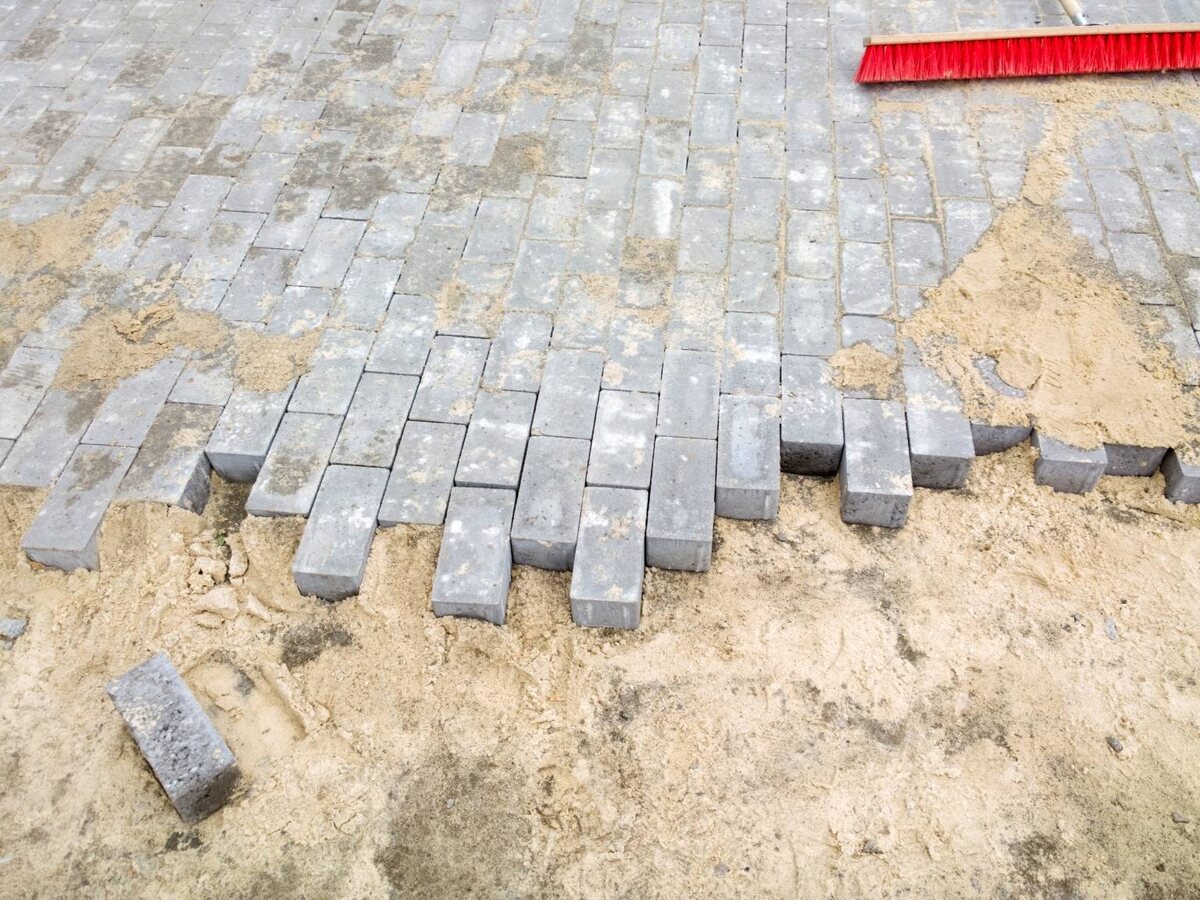

Outdoor Furniture
What Kind Of Sand For Patio Pavers
Modified: March 7, 2024
Discover the best kind of sand for patio pavers and create a stunning outdoor furniture area. Choose the perfect sand for a long-lasting and aesthetically pleasing patio space.
(Many of the links in this article redirect to a specific reviewed product. Your purchase of these products through affiliate links helps to generate commission for Storables.com, at no extra cost. Learn more)
Introduction
When it comes to creating the perfect patio, one of the most important factors to consider is the type of sand you use for your patio pavers. Choosing the right sand can make a significant difference in the durability, stability, and overall aesthetic appeal of your patio.
Whether you are laying new patio pavers or replacing the existing ones, it is crucial to understand the different types of sand available and their specific uses. In this article, we will discuss the factors to consider when choosing sand for patio pavers and explore the various options available in the market.
The type of sand you choose will depend on several factors, including the climate in your area, the type of pavers you are using, and the overall design and functionality of your patio. By selecting the right sand, you can ensure that your patio pavers stay firmly in place, minimize weed growth, and provide a level surface for walking and furniture placement.
Key Takeaways:
- Choose the right sand for your patio pavers based on factors like climate, paver type, and usage to ensure stability, weed control, and a visually appealing outdoor space.
- Polymeric sand offers stability and weed control, jointing sand provides flexibility, and masonry sand offers a solid base. Each type has unique benefits, so consider your specific project needs when making a choice.
Read more: How To Sand Patio Pavers
Factors to Consider When Choosing Sand for Patio Pavers
Before selecting the sand for your patio pavers, it’s important to consider several factors to ensure you make the right choice. These factors will impact the stability, longevity, and overall performance of your patio. Here are some key factors to consider:
- Paver Type: The type of pavers you are using for your patio will influence the sand choice. Different pavers require different sand types for effective installation and stability. For example, clay pavers may require a specific type of sand to prevent shifting and cracking, while natural stone pavers may need a sand with a finer texture to achieve a more seamless look.
- Climate: The climate in your area plays a significant role in determining the type of sand you should use. If you live in an area with heavy rainfall, you may want to consider a sand that has good drainage properties to prevent water buildup and potential paver displacement. Similarly, in areas with freeze-thaw cycles, a sand that can withstand freezing temperatures without expanding or contracting may be necessary.
- Patio Usage: Consider how your patio will be used. If you expect heavy foot traffic or plan to use heavy furniture or equipment, you’ll need a sand that can withstand the weight and provide stability. A sand with higher compaction capabilities will be more suitable for high-traffic areas.
- Weed Control: Choosing the right sand can help minimize weed growth between your patio pavers. Look for sands that have weed-resistant properties or are designed to prevent weed germination and growth.
- Installation Method: The installation method you intend to use can also impact the sand choice. Some sands are specifically designed for use with specific installation techniques, such as polymeric sand for interlocking paver systems. Consider the recommended installation method for your pavers and select the sand accordingly.
By considering these factors, you can narrow down your options and choose the sand that best suits your patio project. Next, let’s explore the different types of sand commonly used for patio pavers.
Types of Sand for Patio Pavers
There are several types of sand available for patio pavers, each with its own unique characteristics and benefits. Understanding the differences between these sand types will help you make an informed decision for your patio project. Here are three common types of sand used for patio pavers:
- Polymeric Sand: Polymeric sand is a popular choice for patio pavers due to its enhanced stability and weed-resistant properties. This sand contains a mixture of graded sand and special polymers that, when activated with water, bind the sand particles together, creating a firm and durable joint. Polymeric sand also helps to prevent weed growth and offers better resistance to erosion and insect activity. It’s an excellent option for interlocking paver systems and areas with heavy foot traffic.
- Jointing Sand: Jointing sand, also known as regular or fine sand, is a common choice for patio pavers. This sand has a finer texture compared to polymeric sand and is used to fill the joints between pavers. Jointing sand provides stability, prevents paver movement, and allows for some flexibility. While it doesn’t have the same binding properties as polymeric sand, it is still effective in maintaining the integrity of your patio. Jointing sand is suitable for areas with minimal foot traffic and moderate weather conditions.
- Masonry Sand: Masonry sand, also known as concrete sand, is a coarse-grained sand that is primarily used as a base material for patio pavers. It is often mixed with cement to create a stable and level surface for the pavers. Masonry sand compacts well and provides excellent drainage, making it ideal for areas with high water flow or regions prone to heavy rainfall. However, masonry sand should not be used in the joints between pavers as it lacks the fine texture required for this purpose.
Each type of sand has its own advantages and uses, so it’s important to consider your specific project requirements and paver type before making a decision. Next, let’s compare these different types of sand to help you choose the most suitable option for your patio project.
Polymeric Sand
Polymeric sand is a popular choice for patio pavers, known for its exceptional stability and weed-resistant properties. It consists of a mixture of graded sand and special polymers that are activated with water to create a strong and durable joint between pavers.
One of the key advantages of using polymeric sand is its ability to prevent weed growth. The polymers in the sand create a barrier that inhibits weed germination and growth, keeping your patio looking clean and well-maintained. This eliminates the need for frequent weeding, saving you time and effort in the long run.
In addition to weed control, polymeric sand offers excellent stability. When activated with water, the polymers bind the sand particles together, creating a solid and secure joint. This helps to prevent paver movement and shifting, ensuring your patio remains level and intact even with heavy foot traffic or changing weather conditions.
Another advantage of polymeric sand is its resistance to erosion. The binding agents in the sand help to inhibit erosion caused by rain, wind, or pressure washing. This enhances the longevity of your patio and reduces the need for frequent maintenance or repairs.
Polymeric sand is particularly suitable for interlocking paver systems, where the sand fills the gaps between the pavers. The binding properties of polymeric sand provide a strong bond, creating a cohesive and visually appealing surface. This type of sand is also available in different colors, allowing you to choose a shade that complements your patio design.
It’s important to note that proper installation of polymeric sand is crucial to achieving the desired results. Follow the manufacturer’s instructions carefully, ensuring that the sand is evenly distributed and all excess sand is swept away. It is also important to activate the sand with water at the appropriate time to ensure proper binding.
While polymeric sand offers numerous benefits, it may not be suitable for all types of pavers or patio projects. Some paver manufacturers may have specific guidelines or restrictions when using polymeric sand, so it’s important to consult their recommendations before making your decision.
Overall, polymeric sand is an excellent choice for patio pavers, providing stability, weed control, and erosion resistance. By selecting the right polymeric sand for your patio project, you can enhance the longevity and beauty of your outdoor space.
Jointing Sand
Jointing sand, also known as regular or fine sand, is another common option for filling the joints between patio pavers. This type of sand is widely used for maintaining the stability and aesthetics of the paver installation.
One of the primary purposes of jointing sand is to prevent paver movement. By filling the gaps between the pavers, it provides stability and helps to lock them in place. This reduces the risk of shifting or settling, ensuring that your patio remains level and safe for walking or placing furniture.
While jointing sand doesn’t have the binding properties of polymeric sand, it still plays a crucial role in maintaining the integrity of your patio. The sand acts as a barrier, keeping the edges of the pavers intact and minimizing the chances of water infiltration, weed growth, or soil erosion.
In addition, jointing sand allows for some flexibility in your patio. It accommodates slight movement and expansion of the pavers due to temperature fluctuations or ground settlement. This prevents cracking or damage to the pavers, ensuring their longevity.
Jointing sand is available in different particle sizes, allowing you to choose a sand that matches your specific project requirements. Finer sands are typically used for narrow joints, while coarser sands are suitable for wider joints. Consider the size and spacing of your pavers when selecting the appropriate sand particle size.
It’s important to note that jointing sand requires proper installation and maintenance for optimal results. After filling the joints, use a broom or brush to sweep the excess sand off the surface of the pavers. This will prevent the sand from scratching or staining the pavers. Additionally, periodically inspect the joints and add more sand if necessary to maintain the desired level.
Jointing sand is suitable for areas with minimal foot traffic and moderate weather conditions. If your patio experiences heavy use or is exposed to harsh weather, you may need to consider other options such as polymeric sand or masonry sand.
Overall, jointing sand is an effective choice for filling the joints between patio pavers. It provides stability, prevents paver movement, and allows for flexibility. Proper installation and maintenance will ensure that your patio remains secure and visually appealing for years to come.
Use coarse sand for patio pavers to provide a stable base. Avoid using fine sand, as it can wash away easily and cause the pavers to shift.
Read more: How To Lay Patio Pavers On Sand
Masonry Sand
Masonry sand, also known as concrete sand, is a coarse-grained sand commonly used as a base material for patio pavers. Its sturdy composition and excellent drainage properties make it an ideal choice for creating a stable and level surface.
One of the main advantages of masonry sand is its compaction capability. When properly compacted, the sand particles bind together, creating a solid foundation for the pavers. This enhances the stability and durability of the patio, particularly in areas with heavy foot traffic or susceptible to settling.
In addition to providing a solid base, masonry sand offers excellent drainage. Its coarse texture allows water to flow through easily, preventing puddling or water buildup on the surface of the patio. This is especially important in regions with significant rainfall or if your patio is located in a low-lying area prone to water accumulation.
Another benefit of masonry sand is its compatibility with cement. It is commonly mixed with cement to create a mortar-like mixture for laying pavers. This mixture helps to secure the pavers and provide additional strength to the patio, reducing the risk of movement or shifting.
While masonry sand is effective as a base material, it is not typically recommended for filling the joints between pavers. This is because masonry sand lacks the fine texture required to fill narrow gaps effectively. Instead, jointing sand or polymeric sand is recommended for achieving a seamless and stable joint appearance.
It’s important to note that masonry sand may vary in terms of particle size and texture depending on the source and supplier. Before purchasing masonry sand, ensure that it meets the specifications and requirements for your patio project. Consult with professionals or experts if you are unsure about the appropriateness of using masonry sand for your specific paver type.
Overall, masonry sand is a reliable and sturdy option for creating a solid base for patio pavers. Its compaction capabilities, drainage properties, and compatibility with cement make it a popular choice for areas with heavy usage or regions prone to water flow. Just remember to use appropriate jointing sand or polymeric sand for filling the gaps between the pavers to ensure a stable and visually appealing patio surface.
Comparison of Different Types of Sand for Patio Pavers
When choosing sand for your patio pavers, it’s essential to compare the different types to find the one that best suits your needs. Here’s a comparison of the three common types of sand for patio pavers: polymeric sand, jointing sand, and masonry sand.
- Polymeric Sand:
- Stability: Polymeric sand offers excellent stability due to its binding properties. It creates a strong and secure joint between pavers, minimizing movement and shifting.
- Weed Control: Polymeric sand is highly effective in preventing weed growth, thanks to its weed-resistant properties. This reduces the need for frequent weeding and maintenance.
- Erosion Resistance: The binding agents in polymeric sand contribute to its erosion resistance, making it an ideal choice for areas with heavy rainfall or water flow.
- Installation: Proper installation is crucial for optimal results. Follow the manufacturer’s instructions carefully and activate the sand with water at the appropriate time.
- Jointing Sand:
- Stability: Jointing sand provides stability by filling the gaps between pavers. It helps to prevent paver movement, keeping your patio level and secure.
- Flexibility: Jointing sand allows for slight movement and expansion of the pavers, reducing the risk of cracking or damage due to temperature changes or ground settlement.
- Joint Appearance: Jointing sand creates visually appealing joints, enhancing the overall aesthetic of your patio. It is available in different particle sizes to suit your specific project requirements.
- Usage: Jointing sand is suitable for areas with minimal foot traffic and moderate weather conditions. Consider other options for high-traffic areas or regions with challenging weather patterns.
- Masonry Sand:
- Base Material: Masonry sand is commonly used as a base material for patio pavers. Its compaction capabilities create a solid foundation, ensuring stability even in high-traffic areas.
- Drainage: Masonry sand has excellent drainage properties, allowing water to flow through easily and preventing surface puddles or water buildup.
- Compatibility: Masonry sand is compatible with cement and is often mixed with it to create a mortar-like mixture for laying pavers, enhancing the strength of your patio.
- Joint Filling: While masonry sand is suitable as a base material, it is not typically recommended for filling the joints between pavers. Opt for jointing sand or polymeric sand for this purpose.
Consider these factors and compare the different sand types to determine the best fit for your patio project. Keep in mind your specific requirements, paver type, climate, usage, and installation method to make an informed choice.
Benefits of Using the Right Sand for Patio Pavers
Using the right sand for your patio pavers can have a significant impact on the overall performance and longevity of your patio. Here are some key benefits of choosing the appropriate sand:
- Improved Stability: The right sand helps to provide stability to your patio pavers. Whether you opt for polymeric sand, jointing sand, or masonry sand, each type serves the purpose of keeping the pavers securely in place. This prevents movement and shifting, creating a solid and level surface for walking, furniture placement, and other activities.
- Minimized Weed Growth: With the right sand, you can minimize weed growth between your patio pavers. Polymeric sand, in particular, is designed to inhibit weed germination and growth, reducing the need for constant weeding and maintenance.
- Enhanced Drainage: Depending on your climate and the specific sand you choose, using the right sand can improve the drainage of your patio. Proper drainage ensures that water does not accumulate on the surface and potentially damage the pavers or cause erosion. This is crucial in areas with heavy rainfall or areas prone to pooling water.
- Reduced Risk of Erosion: Certain sands, such as polymeric sand, offer erosion-resistant properties. These sands can withstand rain, wind, and pressure washing, reducing the risk of erosion and maintaining the structural integrity of your patio.
- Longer Lifespan: By using the appropriate sand for your patio pavers, you can extend the lifespan of your patio. The right sand helps to prevent paver damage, cracking, or settling, ensuring that your patio remains in optimal condition for years to come.
- Aesthetically Pleasing Appearance: The type of sand you use can significantly impact the appearance of your patio. Whether you prefer a seamless look with jointing sand or a more secure and cohesive look with polymeric sand, choosing the right sand will enhance the overall aesthetic of your outdoor space.
- Easy Installation and Maintenance: When you use the right sand, the installation process becomes smoother and more efficient. Each type of sand has its own installation requirements, so be sure to follow the manufacturer’s instructions. Additionally, the right sand choice can reduce long-term maintenance needs, saving you time and effort in the future.
Considering these benefits, it becomes clear that selecting the right sand is crucial for creating a durable, functional, and visually appealing patio. Take into account the specific requirements of your project, including climate, paver type, usage, and personal preferences, to make an informed decision and enjoy the full benefits of using the right sand for your patio pavers.
Conclusion
Choosing the right sand for your patio pavers is essential for creating a long-lasting and visually appealing outdoor space. Each type of sand, whether it’s polymeric sand, jointing sand, or masonry sand, offers its own unique benefits and advantages.
Polymeric sand is a popular choice due to its stability, weed-resistant properties, and erosion resistance. It is particularly suitable for interlocking paver systems and areas with heavy foot traffic. Jointing sand provides stability and flexibility, allowing for slight movement and creating visually appealing joints. It is ideal for areas with minimal foot traffic and moderate weather conditions. Masonry sand, on the other hand, serves as a reliable base material, offering compaction capabilities and excellent drainage.
The right sand choice for your patio project depends on various factors such as climate, paver type, usage, and personal preferences. By taking these factors into consideration, you can make an informed decision and achieve the desired results for your patio.
Using the appropriate sand for your patio pavers offers numerous benefits, including improved stability, minimal weed growth, enhanced drainage, reduced risk of erosion, and a longer lifespan for your patio. Additionally, the right sand choice can enhance the aesthetics of your outdoor space and simplify the installation and maintenance processes.
Remember to carefully follow the manufacturer’s instructions for sand installation, activate polymeric sand properly with water, and periodically inspect and maintain the joints between the pavers. By doing so, you can ensure that your patio remains beautiful, functional, and structurally sound for years to come.
In conclusion, take the time to research and select the right sand for your patio pavers. Consider the specific requirements of your project, consult with professionals if needed, and enjoy all the benefits that the right sand can bring to your outdoor living space.
Frequently Asked Questions about What Kind Of Sand For Patio Pavers
Was this page helpful?
At Storables.com, we guarantee accurate and reliable information. Our content, validated by Expert Board Contributors, is crafted following stringent Editorial Policies. We're committed to providing you with well-researched, expert-backed insights for all your informational needs.
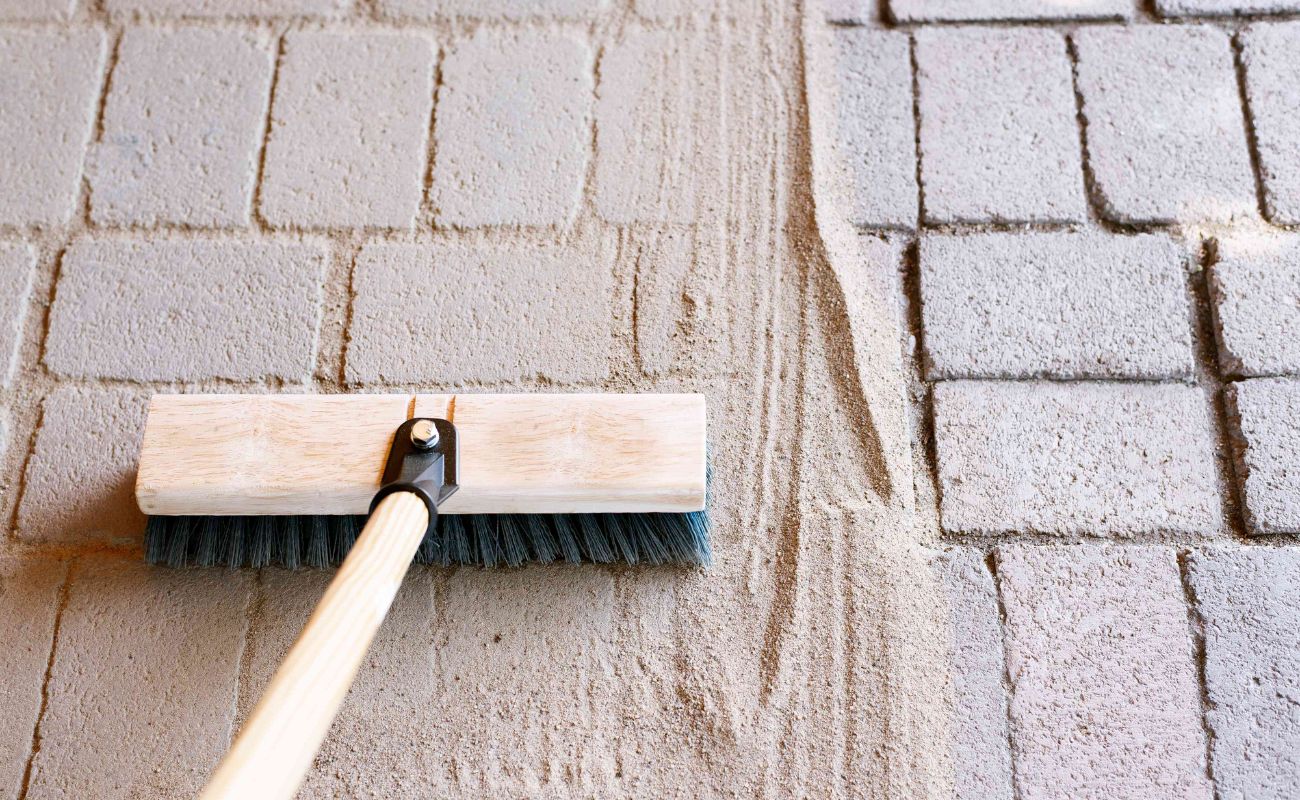

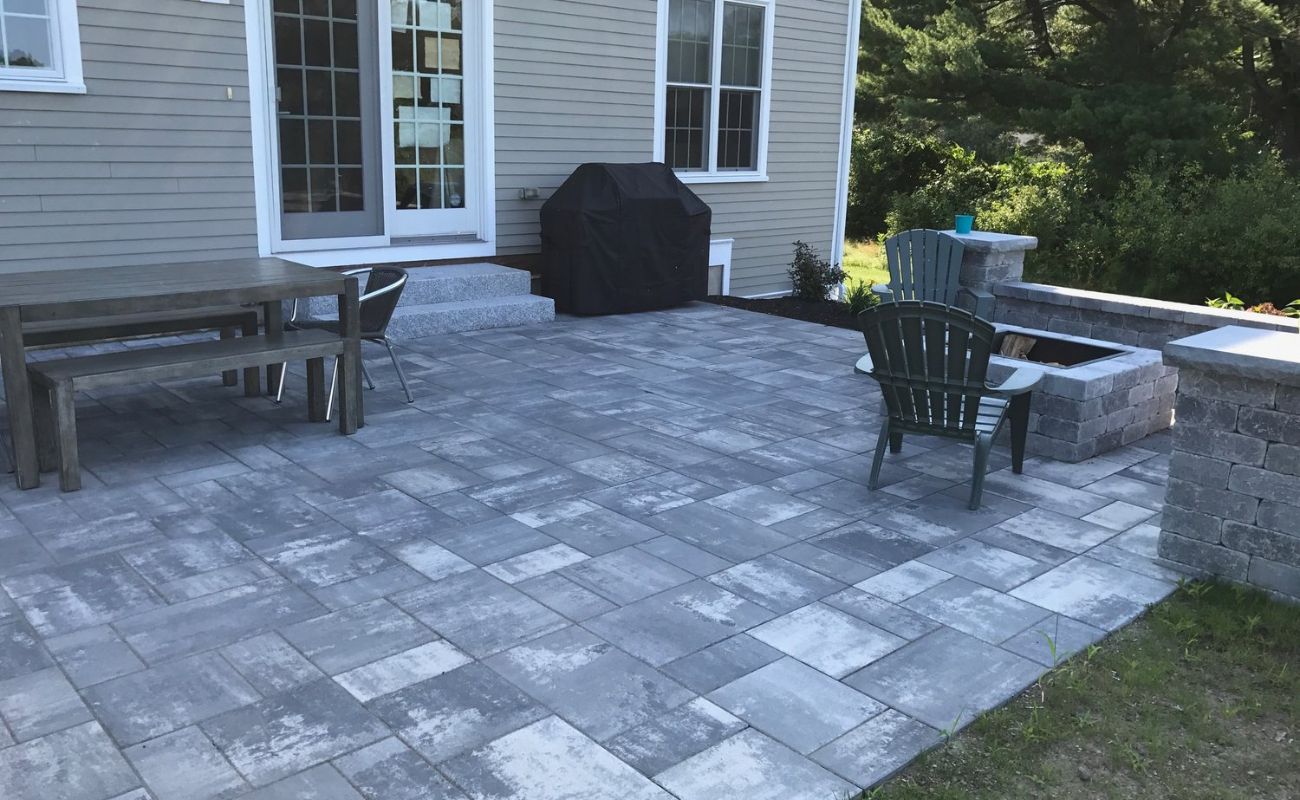
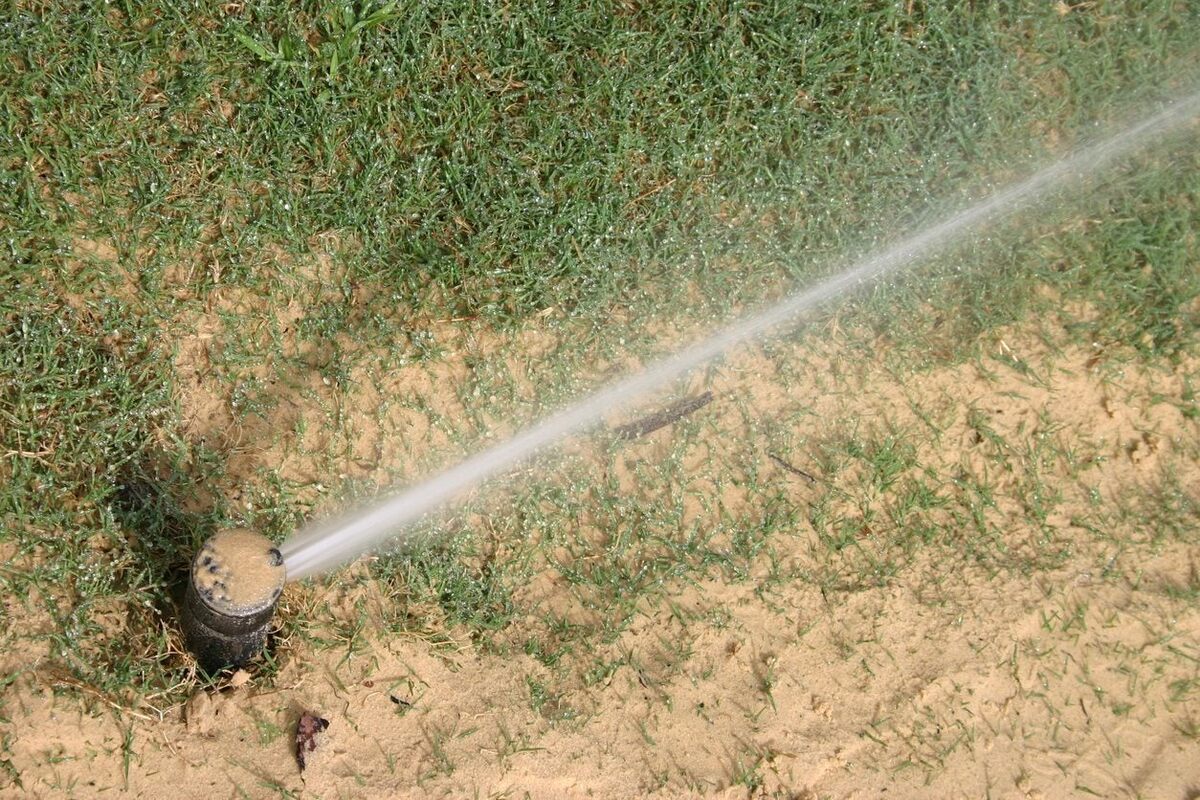
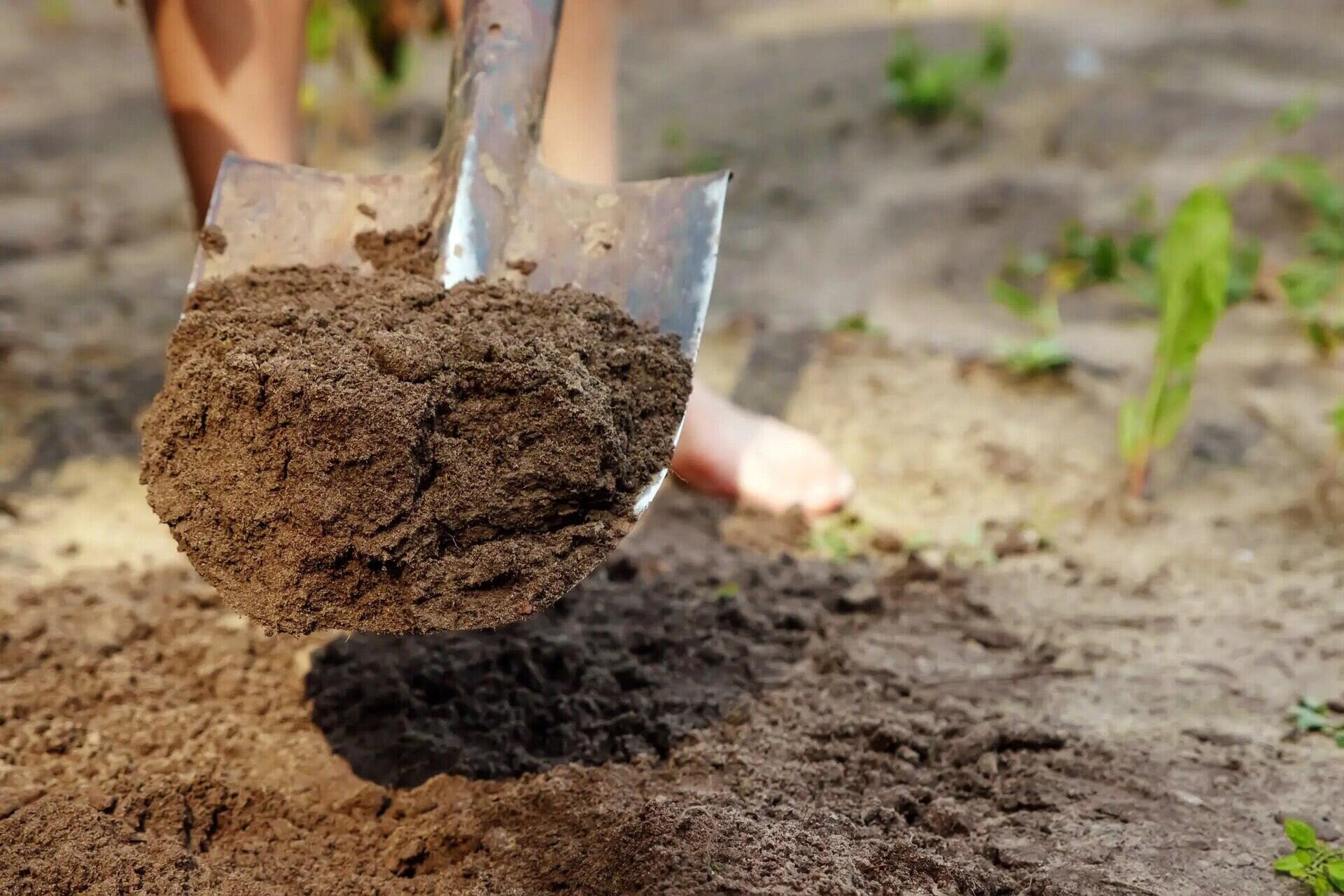

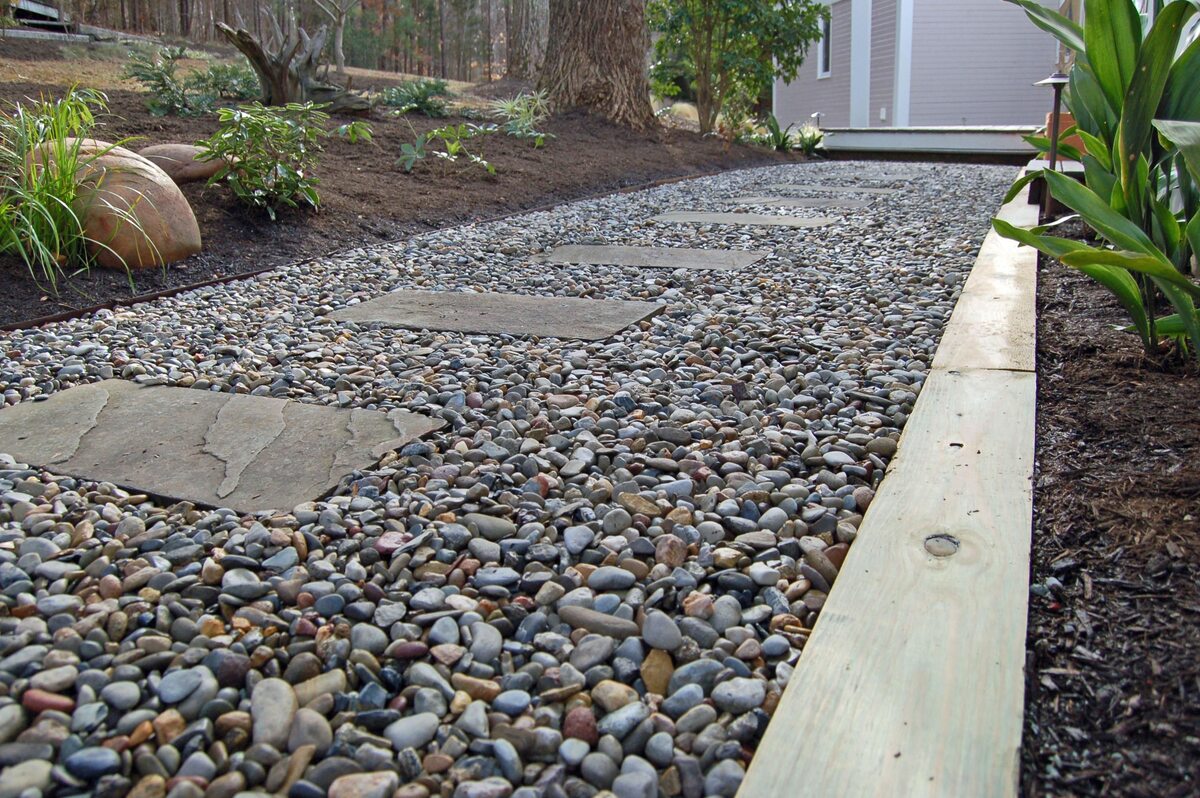
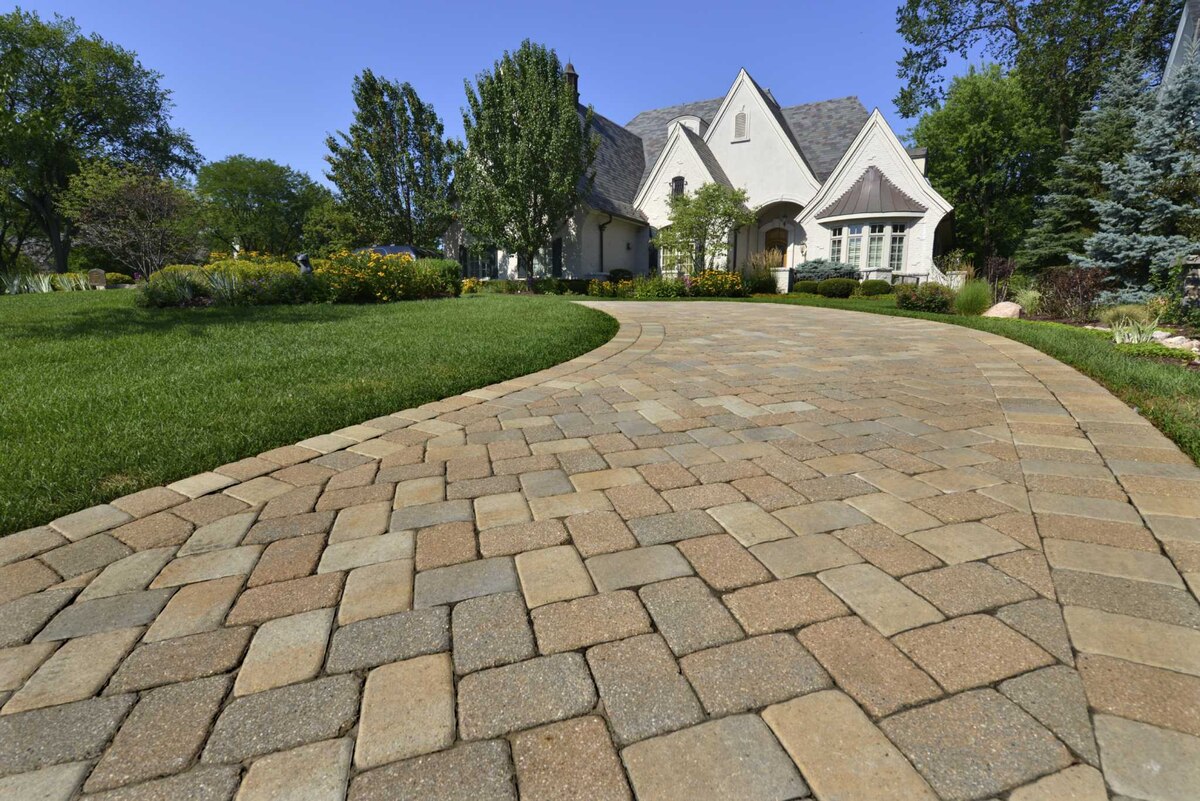
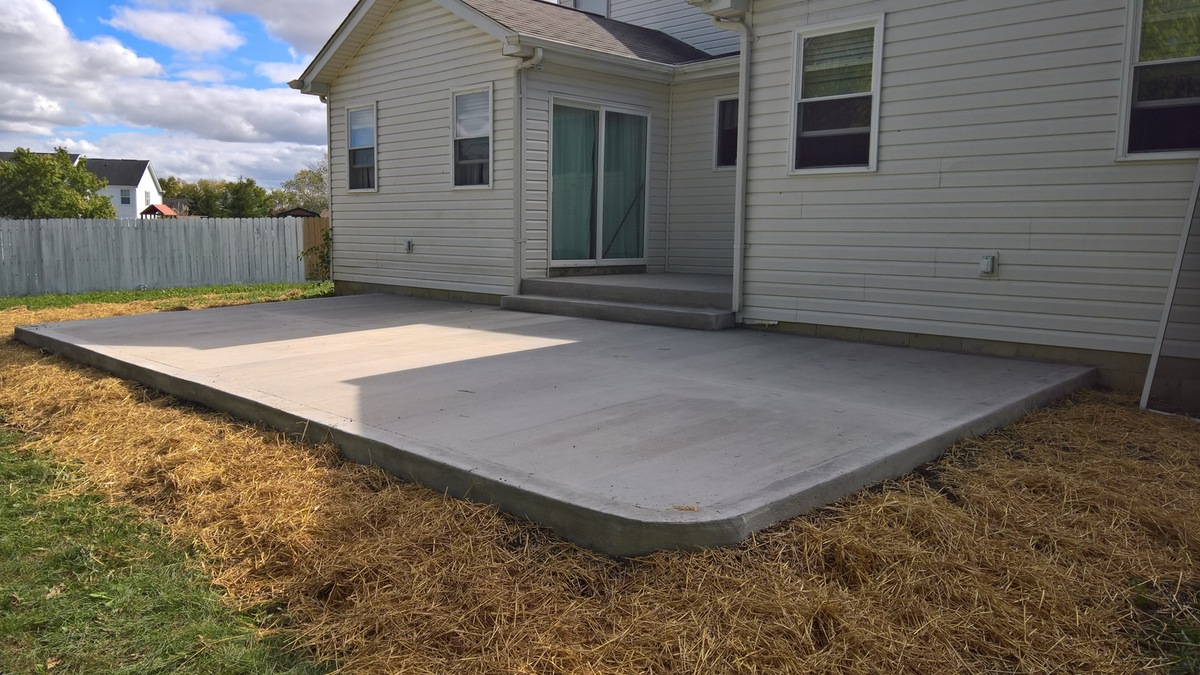
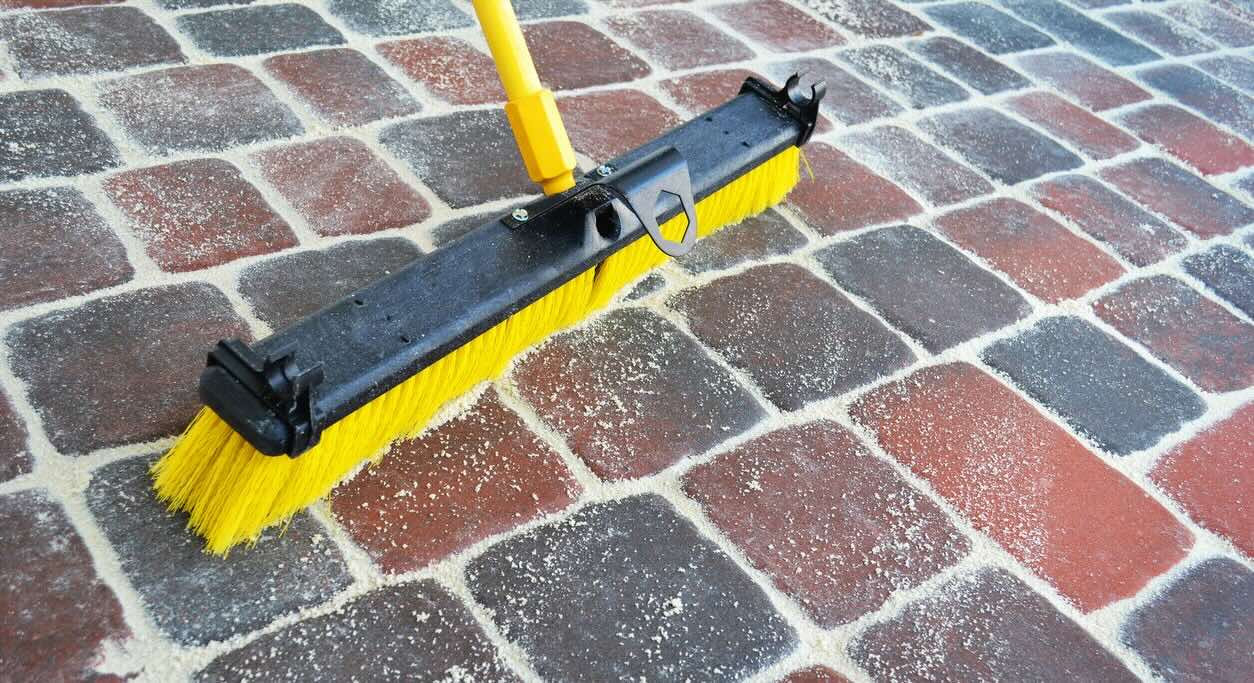
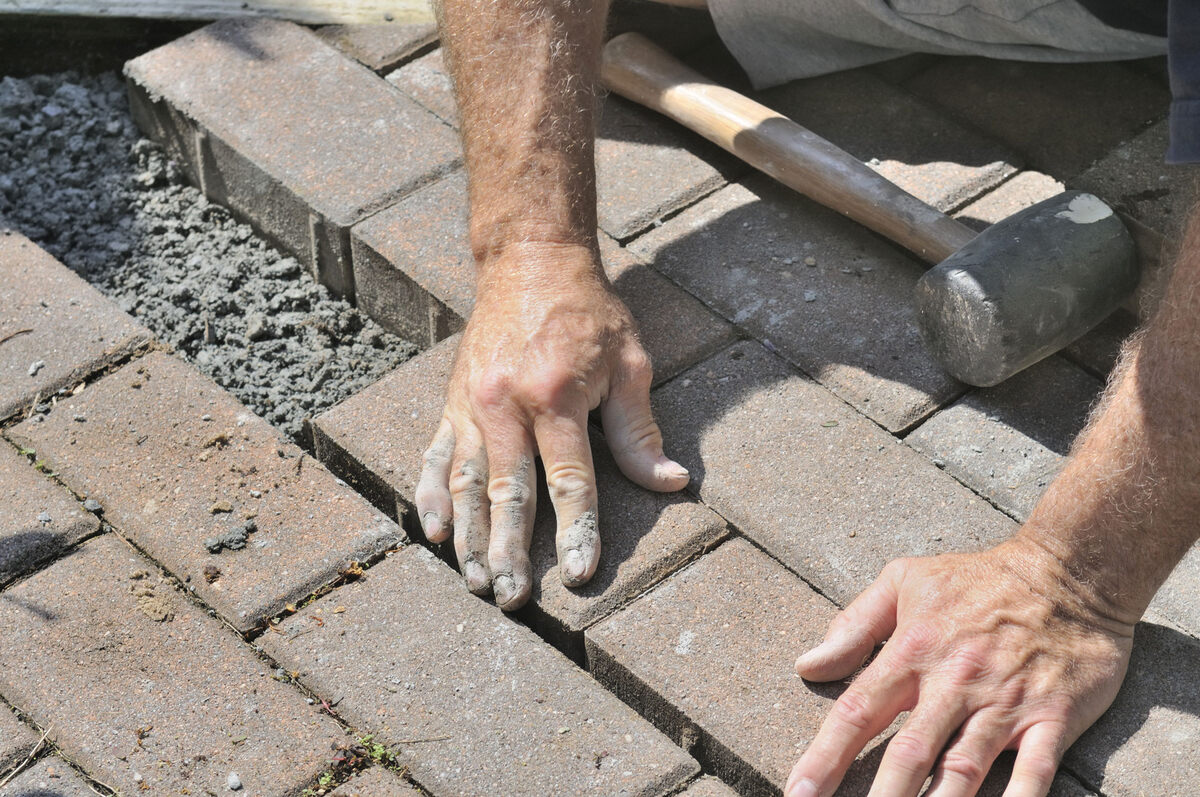
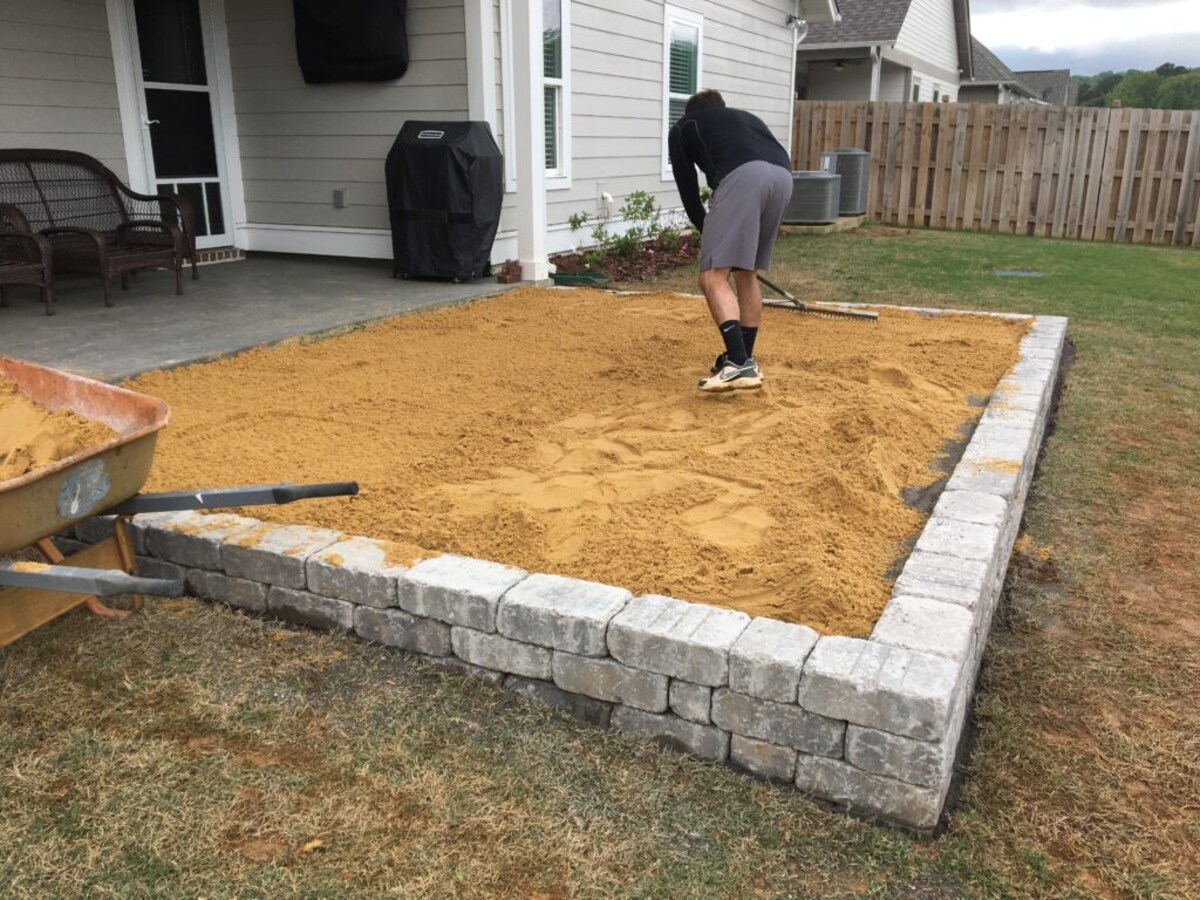
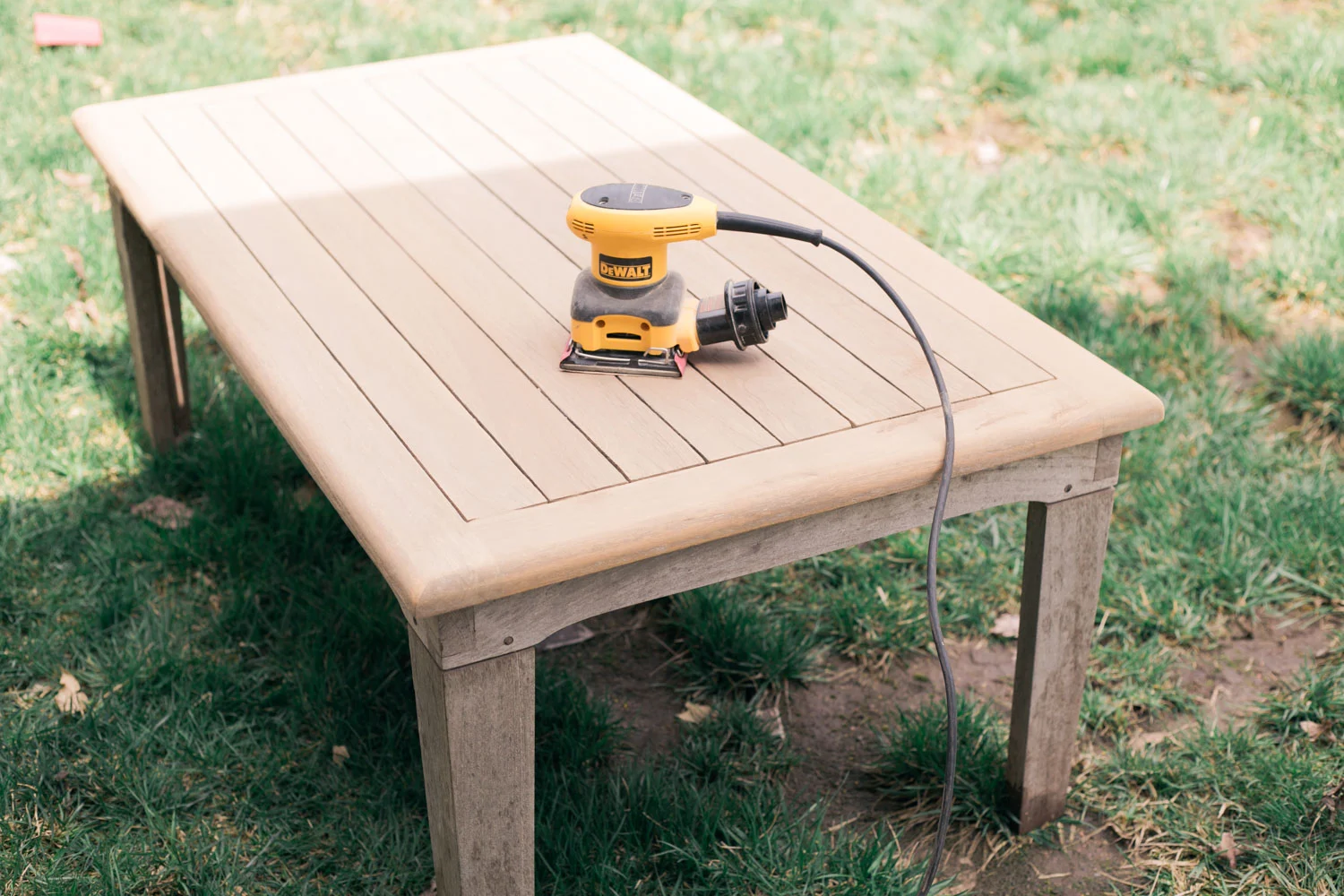
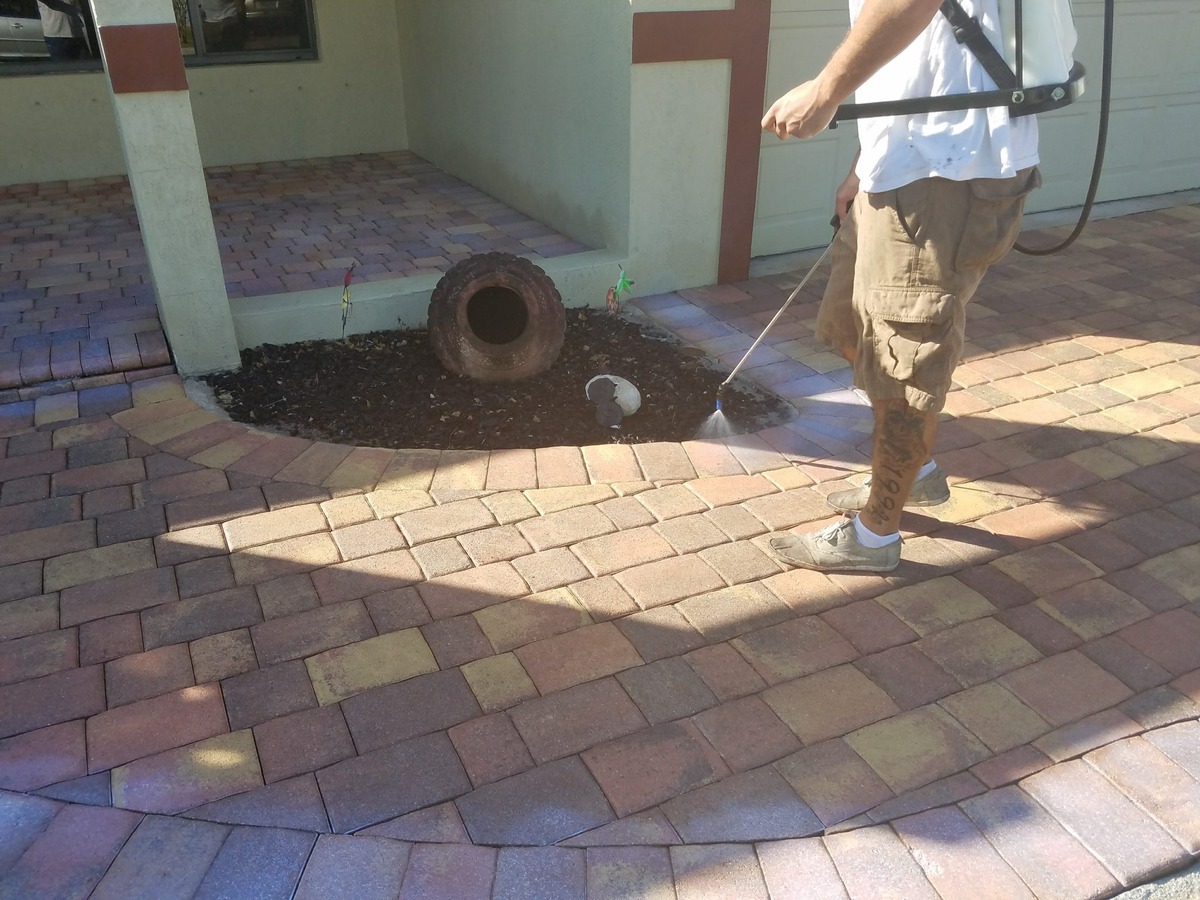

0 thoughts on “What Kind Of Sand For Patio Pavers”